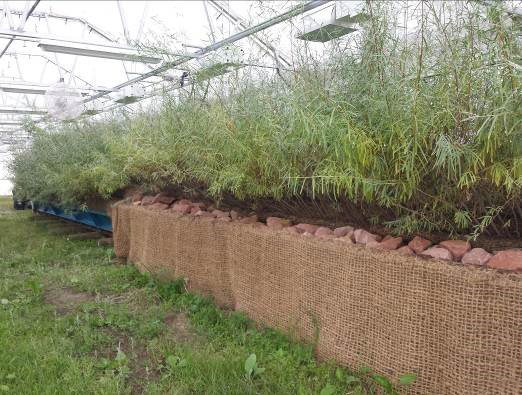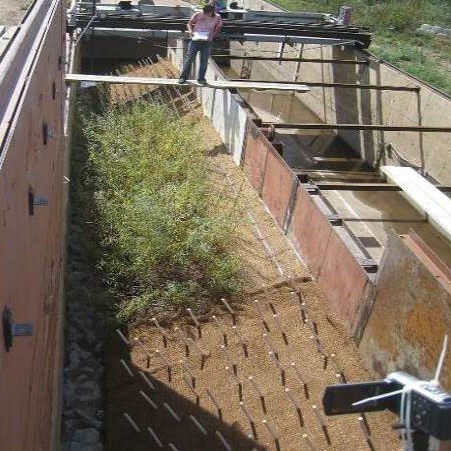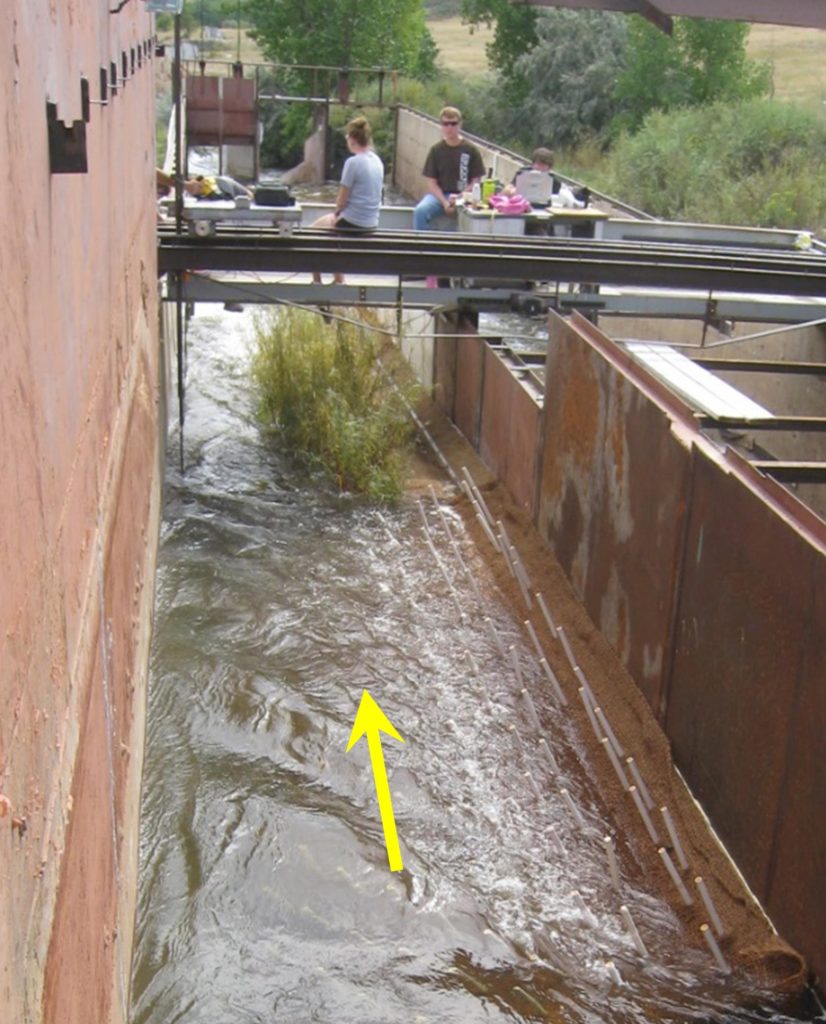Webinar Examines Streambank Stabilization

It’s safe to say most motorists crossing a bridge over a river or stream aren’t thinking much about what lies beneath. However, protection measures installed on a riverbank are critical to protecting the adjacent bridge and roadway. An eroding streambank can be dangerous, putting people’s lives at risk if the erosion were to cause a bridge to fail. Keeping a streambank stable is a complex science.
Streambank protection takes solid engineering and technical know-how, stretching well beyond just putting a few rocks on the bank. That’s why the National Cooperative Highway Research Program (NCHRP) in recent years embarked on a study aimed at backing the design and installation of streambank protection measures with solid, quantifiable research. NCHRP is a forum for coordinated and collaborative research administered by the National Academy of Science’s Transportation Research Board in cooperation with the American Association of State Highway and Transportation Officials and the Federal Highway Administration. The NCHRP provides practical, ready-to-implement solutions to pressing problems facing the transportation industry.


Ayres Associates’ senior hydraulic engineer Peter Lagasse in our Fort Collins, Colorado, office led the research project aimed at improving design criteria for environmentally sensitive bank stabilization and protection measures. Essentially the NCHRP project aimed to test streambank protection methods on a real-world scale to see whether they will provide reliable protection upstream and downstream of a bridge and control erosion around bridge abutments. The study compared combinations of engineered and vegetative bank protection measures in a laboratory set up to mimic real stream conditions.
The research project included visiting sites throughout the country to observe the long-term performance of various streambank protection measures in the field. Teams were sent out to gather design and performance information and compare those results to what was found in the laboratory. The study, now completed, gives verifiable backup to the use of vegetation as an effective natural streambank protection technique.
Last month Dusty Robinson, a water resources engineer at Ayres, conducted a webinar on behalf of the NCHRP’s Transportation Research Board (TRB) as part of the TRB’s effort to get the word out about the research projects. The webinar, attended by more than 400 ecologists, wetland specialists, and other water resource professionals, covered the methods and results of the NCHRP project and their real-world implications.
You can view the webinar slides here and further details on the webinar here. To read NCHRP Report 822, click on this link and download as a guest.

Post a comment: